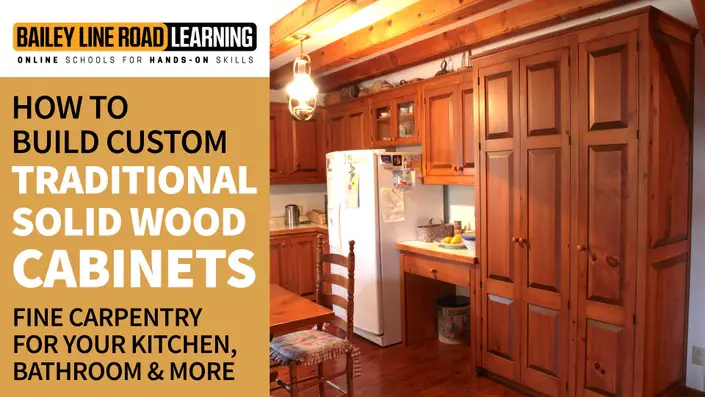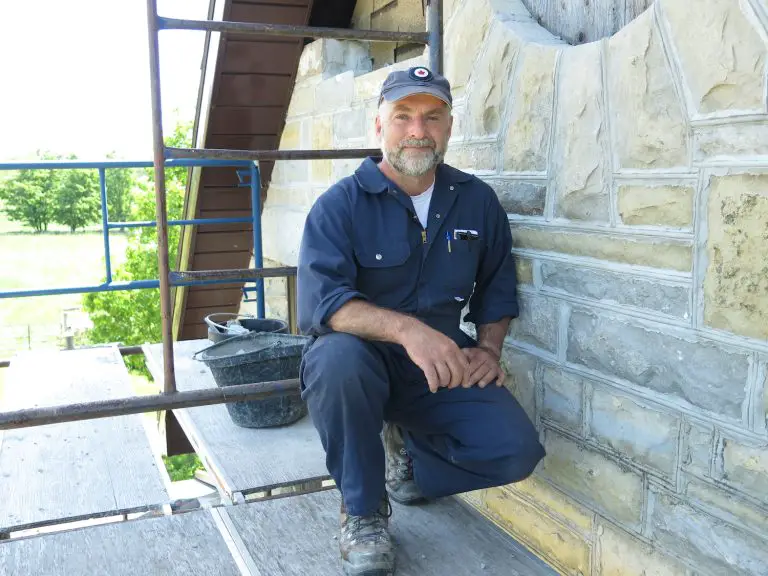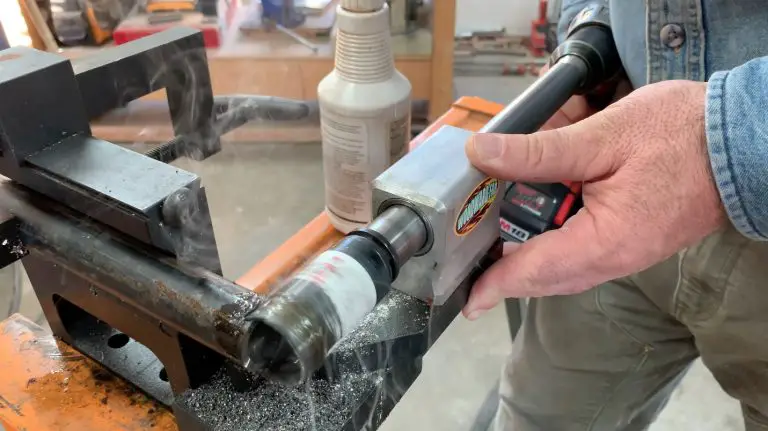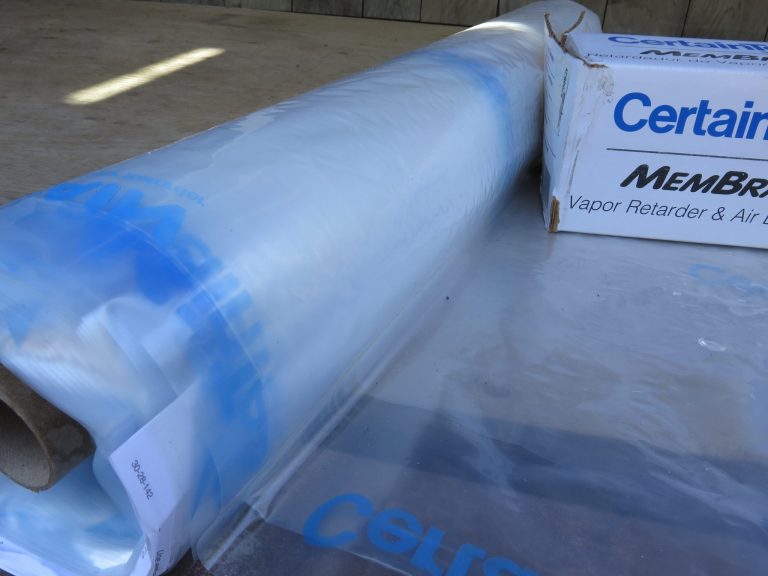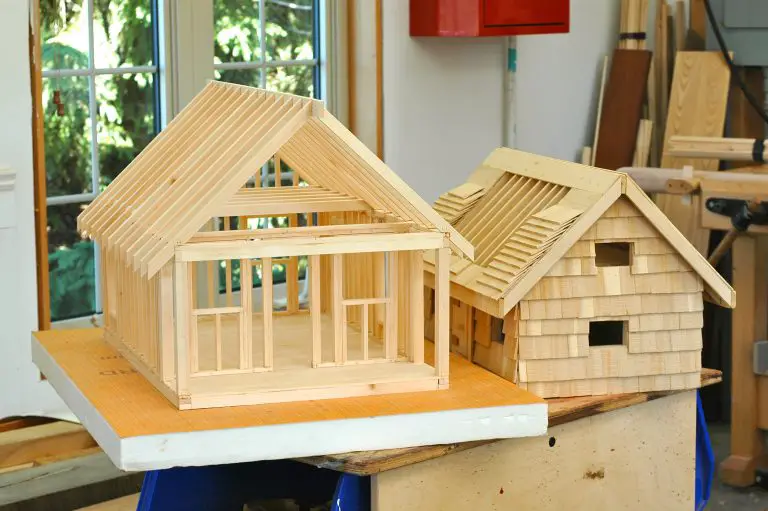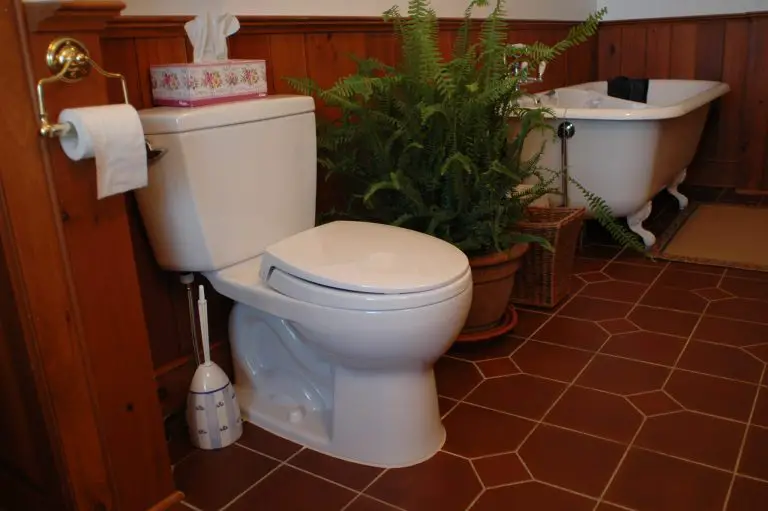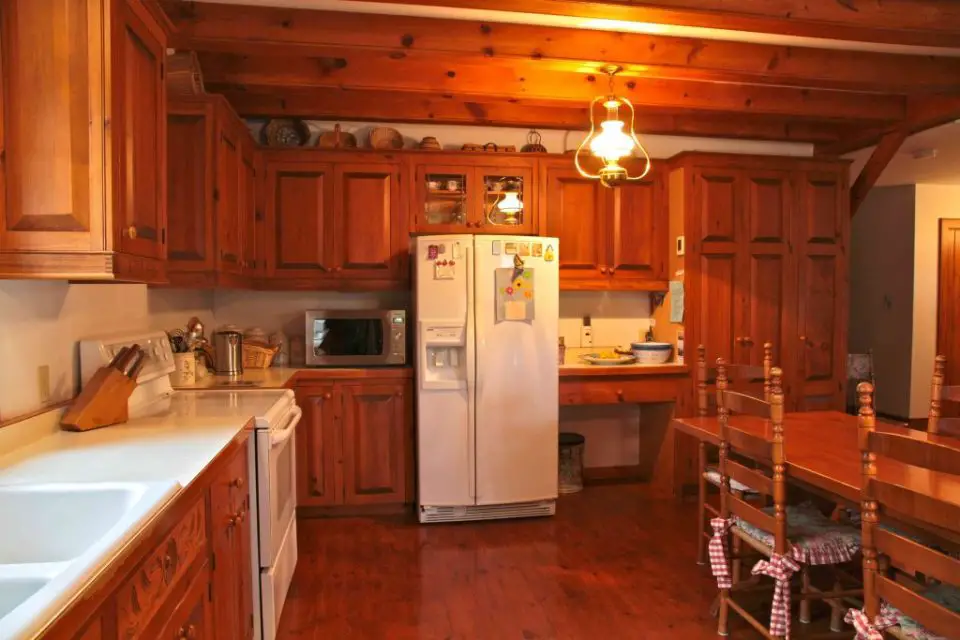
- Video 1 watch time: 1 minutes
- Video 2 watch time: 8 minutes
If you’d like to save money and have a great time building your own amazing kitchen cabinets, built-ins or perhaps a bathroom vanity, I’d like to show you how to succeed. This is what my instructor-led, online cabinetmaking course is all about, and I built this course to help handy people transform their own home. Hundreds of people have taken it and built all kinds of great cabinets. Lots of free tips and tricks coming up in this article. Join us for a 50% discount by using the coupon code 50%DISCOUNT at checkout, but first let me explain a few things.
Ordinary homeowners who’ve taken this course have built cabinets like the ones you see below (even people who have never built cabinets before), but there’s also a story behind this course that you might find interesting, as you’ll see.
Cabinet Designs
In November 1987, I unloaded my tools onto a workbench in a small commercial wood shop, alongside four other cabinetmakers busy at work. The team I joined was building custom-made, solid-wood kitchen cabinets at a place called Whippletree Kitchens just north of Toronto, Canada, and this is where I gained experience using real wood, hardwood veneered plywoods and the best hardware and joinery to make exceptional cabinets in a traditional style. I’d been looking for a place like this to work for a while, using great materials following great designs, and Whippletree was certainly that place. The approach I teach in my cabinetmaking course comes from my experience in this great little shop and the way we built cabinets there.
Much Better Than Store-Bought
If you’re anything like me, you’ve noticed that while ready-made cabinets look good superficially, they’re usually built using the cheapest particleboard sheet goods and questionable hardware, all held together with questionable joinery. It’s a shame people don’t know what they’re buying. Even most $40,000 kitchens are surprisingly shabby underneath the fancy exterior, made almost entirely with that loathsome particleboard and B-grade hardware. It’s heavy, weak and loaded with urea formaldehyde glue. But there’s an alternative way to get cabinets, and you can see an overview of the approach I teach in the course in the video below.
If you’ve got intermediate or even basic woodworking skills, you can do much better building your own custom cabinets from high quality materials, while also saving at least 75% on the cost of ready-made cabinets. You might think this sounds crazy, but it’s true. You don’t need to be an expert cabinetmaker with a fancy shop to build great cabinets following the methods I’ve developed over the decades. All the photos in this article are of cabinets I’ve built using this approach, and it’s the same thing I teach in my course.
Classic Kitchen Cabinets: How I Build Them
The methods I use combines solid wood stiles, rails and raised panels to create a classic look in a very practical way. The trick involves building boxes made of hardwood veneered plywood first, then using these boxes as a foundation for securing solid wood stiles, rails and panels, followed by trim and doors. You get the accuracy of sheet goods with the unmistakeable classic beauty of authentic, solid wood frame and panel construction wherever it’s seen. It’s a superb combination.
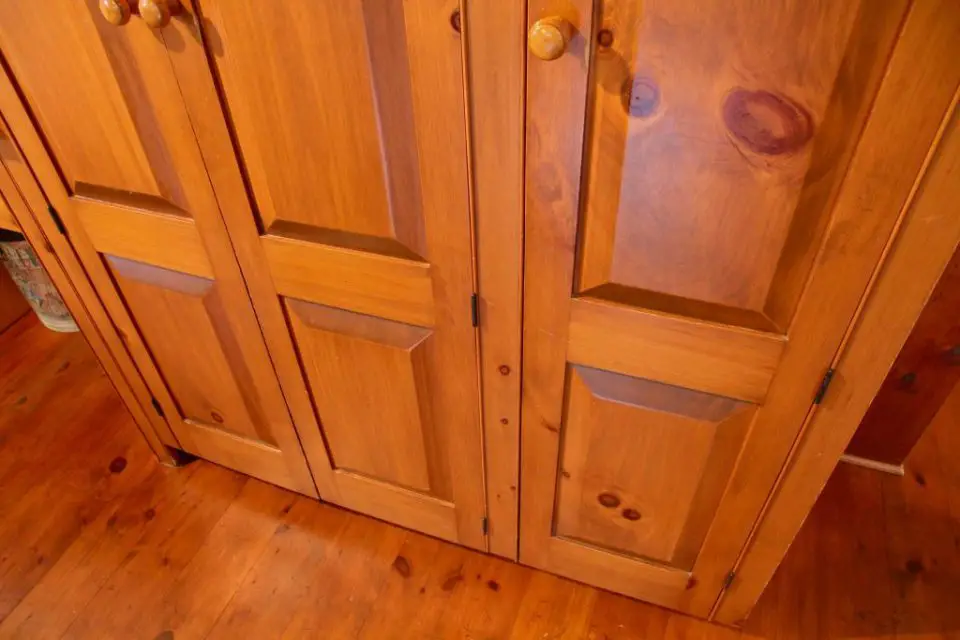
With boxes complete, it’s time to create frame and panel doors and cabinet ends. This is the classiest way to work solid wood into cabinets, and it involves three parts. Stiles and rails are the vertical and horizontal members that surround every solid wood panel.
One advantage of building solid wood details around a plywood box is the ease of fastening stiles and rails securely and with minimal joinery. Simply cut, glue and clamp stiles and rails to your plywood boxes with butt joints. Use nails only in those places that will be covered later by trim.

Raised panels are only one of the things people love about solid wood cabinetry, and I have a unique approach for creating these panels in the home workshop. It involves just a tablesaw and a hand plane – no fancy router bits or router table needed. The video below comes directly from the course.
Of all the ways workshop skills can improve your home, building your own cabinets offers the greatest financial and aesthetic benefit. Click below to learn more about the next session of kitchen cabinet course You can take the course anywhere in the world that offers an internet connection and you get one-on-one opportunities to ask me questions and work together.
What They’re Saying
From Jim J: I took your kitchen cabinet class last year, and thought I’d send you a few pics of the finished product. Thanks for the help and tips. I used much of what you prescribed in the course.
From Chaz C: “I’m pretty proud of how my first cabinet turned out.There are a few mistakes, but all-in-all I’m really pleased. My next project will be cabinetry for the master bathroom, which will be a little more challenging from a design perspective. Click here to see what Chaz did in detail.
————–
Got any questions about this course? Send me an email at [email protected] or give me a call on my cell at 705-210-8519. Don’t forget about the current special by using the 50%DISCOUNT coupon code at checkout.


